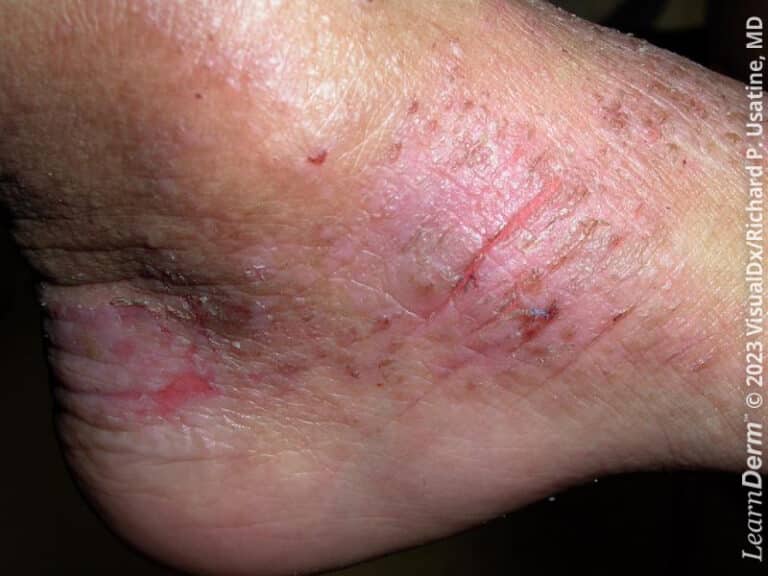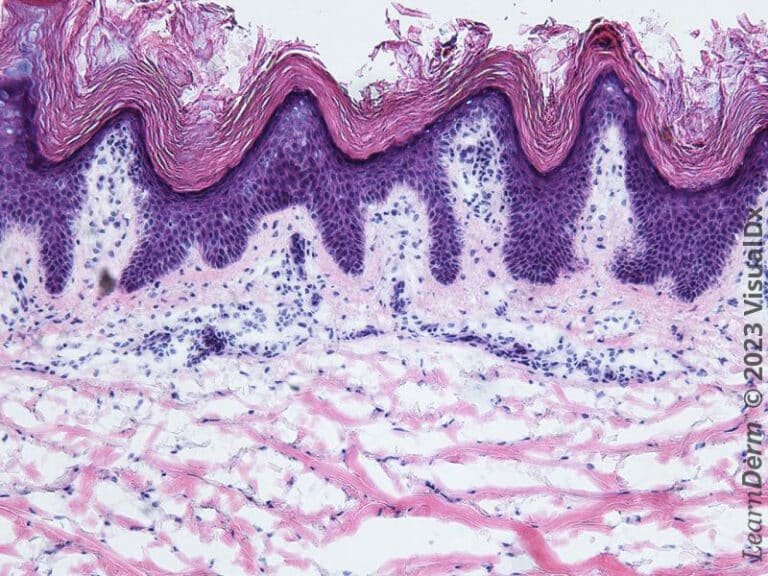Overview of Immunopathogenesis
AD develops primarily as a result of a) epidermal barrier defects and b) immunological imbalance (dysbiosis).
AD is related to type 2 inflammation, characterized by the activation of specific immune cells.
- Elevated Type 2 Cytokines: Individuals with AD often exhibit elevated levels of type 2 cytokines, indicative of type 2 inflammatory response, which contributes to the skin symptoms.
- Chronic Inflammation: The chronic inflammation seen in AD is primarily driven by type 2 immune responses, leading to persistent itching, redness, and skin barrier dysfunction.
- Allergic Reactions: AD is also associated with other type 2 inflammatory conditions such as allergic rhinitis, asthma, and food allergies, characterized by elevated immunoglobulin E (IgE) levels and eosinophilia.
Abnormal expression of interleukins plays a crucial role in the pathogenesis of AD. Interleukins are produced by immunocompetent cells.
There is a high expression of the Th2 cytokines interleukin-4 (IL-4), IL-5, IL-13, and IL-31 during AD flares.

